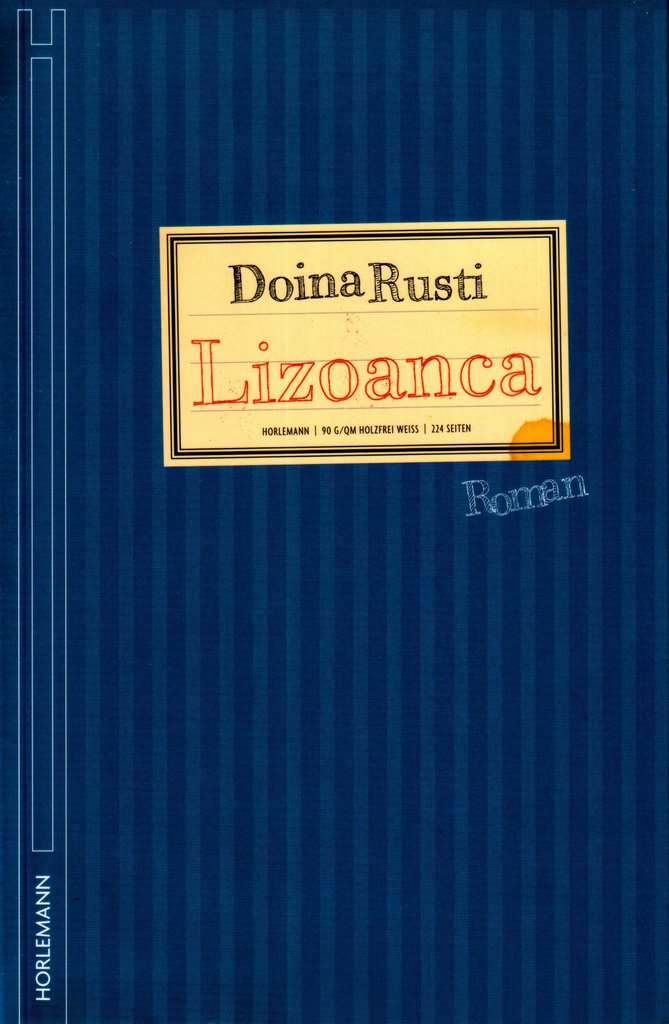








Lizoanca is a groundbreaking book written in a style refined and nuanced.
Martina Freier
Lizoanca deals with a time span of four decades where in a small community all sorts of compromises occur, eventually leading up to disasters, and gaining their momentum as a little girl is accused of infesting the whole village with syphilis, eventually succeeding in coping with the atrocities the grown ups had been cooking up for her. I started off from a real case, which at that time enjoyed a wide media coverage, but I did not use the real facts; I fictionalized the story. What makes the core of the novel - and I believe that was precisely why the Romanian Academy awarded the novel – is the fact that people forgot their traditions, forgot the significance of a Christian monogram and that’s where everything starts from. I’m speaking about a monogram discovered by Vasile Parvan and dated 230 AD: “Sic tibi terra levis” (May the earth rest lightly on you). The real topic of the novel is the fact that people forgot their traditions.
Berlin, 2013, Roman Embassy: Jan Cornelius, Doina Ruști, Georg Aesch, Gabriela Adameșteanu more

En esta línea, sorprende la capacidad de Doina Rusti a la hora de entrelazar la historia de Eliza (indagación en su personalidad infantil: valor de los zapatos, de los cruasa- nes...) con la historia de quienes la prostituyen (no olvidar las viejas cos- tumbres y tradiciones que sobre ellos revolotean). También sorprende la capacidad a la hora de reflotar, bajo una pátina amable, la hipocresía per- sonal y social o el tema de la violen- cia, impactante esta desde la primera frase, siempre visible en la novela y en permanente función erosiva.
